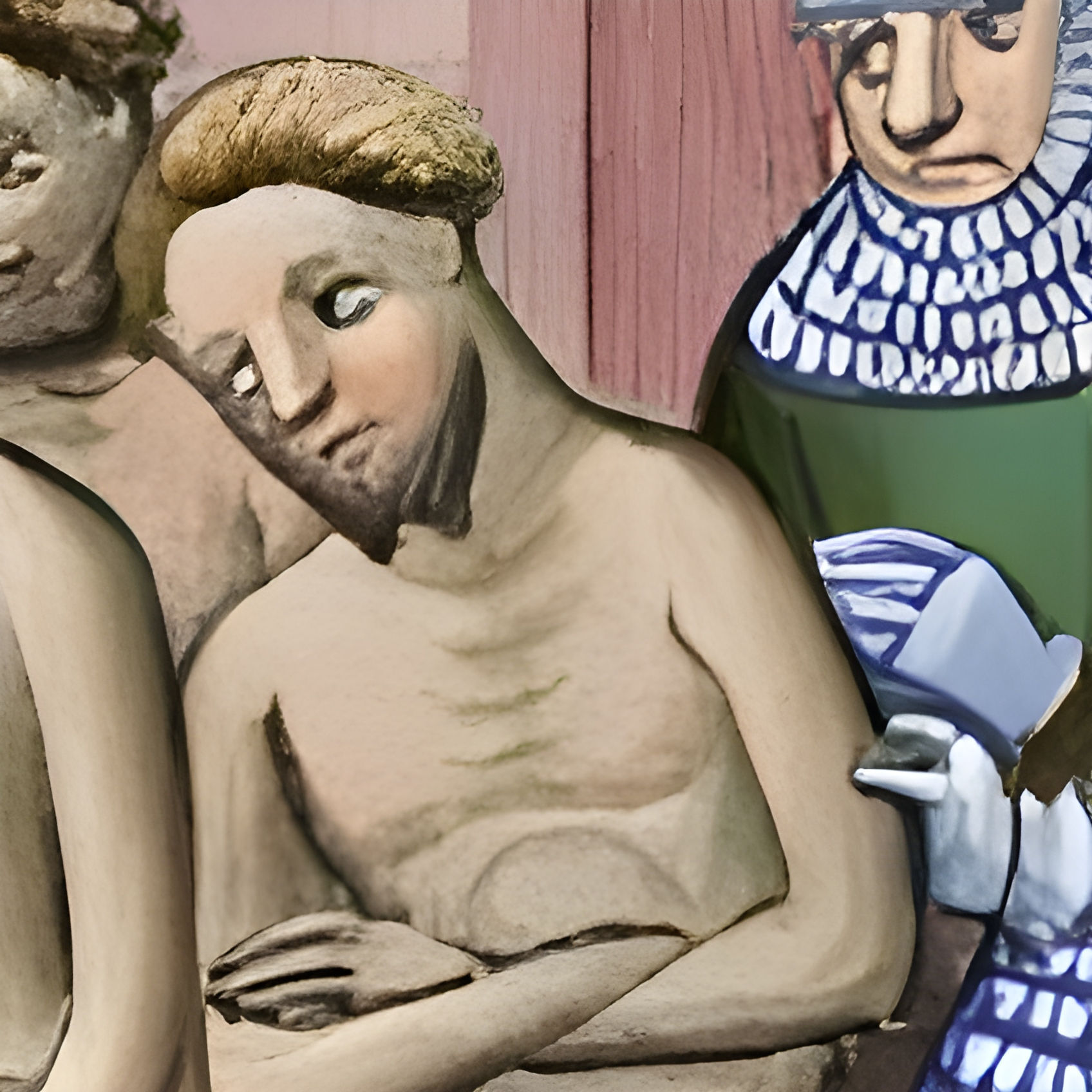People keep telling me I only deal in absolutes, and that it’s unhealthy and I should sometimes find the middle-ground between two different positions. (I.e. caring for myself vs others, putting all my energy on a task vs not even bothering)
So what’s the procedure to finding a middle-ground so I can apply it to literally everything in my life, as the Autistic Gods demand? \s

A cognitive behavioral therapy approach might be helpful. The book Feeling Good has a variety of info on CBT and various ways to approach mental wellness through that framework. It specifically identifies common unhelpful patterns of behavior, and binary aka all or nothing thinking is one of them.
I like the “Think, Feel, Act” model, myself. In a nutshell, there is a mutual relationship between our rational thoughts and judgment, our emotions, and our behavior, and we can actually (to some degree) control this relationship with some intentional effort.
If you’re concerned about binary thinking, then the first step is recognizing when you’re having those thoughts, acknowledging how they make you feel, and considering what actions you intend to take based on those thoughts and feelings. If you want to change the pattern, start by intentionally changing your judgement of the situation. Do you need to pick one extreme or the other? Is that rational? Does it actually make sense, or is it just your default? Odds are, you can’t really make a good argument for binary thinking, so you can choose to be irrational, or you can choose to think a different thought.
From there, try to react to the new thought. Your emotions are necessarily driven by what your brain is telling you about reality, and so changing your thoughts about reality will impact your feelings.
Last, your feelings will drive your behavior. If you can reframe your judgment of a situation, you can change the emotional reaction to the situation, which can help you make different decisions about how to act. Your actions then produce results, which create your new circumstances, which then prompt you to form judgments, and so on.
If you’re struggling with binary thinking, first identify when you’re in a position where you perceive a binary choice, then practice thinking your way out of the binary by acknowledging the options in the situation that are not one of the two options, notice how you feel about the non-binary options, and then how you would act based on those feelings. You don’t have to believe immediately that the non-binary options are good ones, the point is to practice getting out of the headspace of needing to pick one extreme or the other. If you actually believe that binary thinking is a problem, then the practice of intentionally acknowledging that it’s a problem (because it’s irrational or unhelpful or stressful) and coming up with different ways to think about the situation should lead to different feelings and behaviors.
That’s a very condensed version of a more robust practice, but if it sounds like a useful or relevant exercise then you shouldn’t have too much trouble finding a better explanation of the process.
This looks very promising, I’ll take a peek at that book. Thanks comrade!